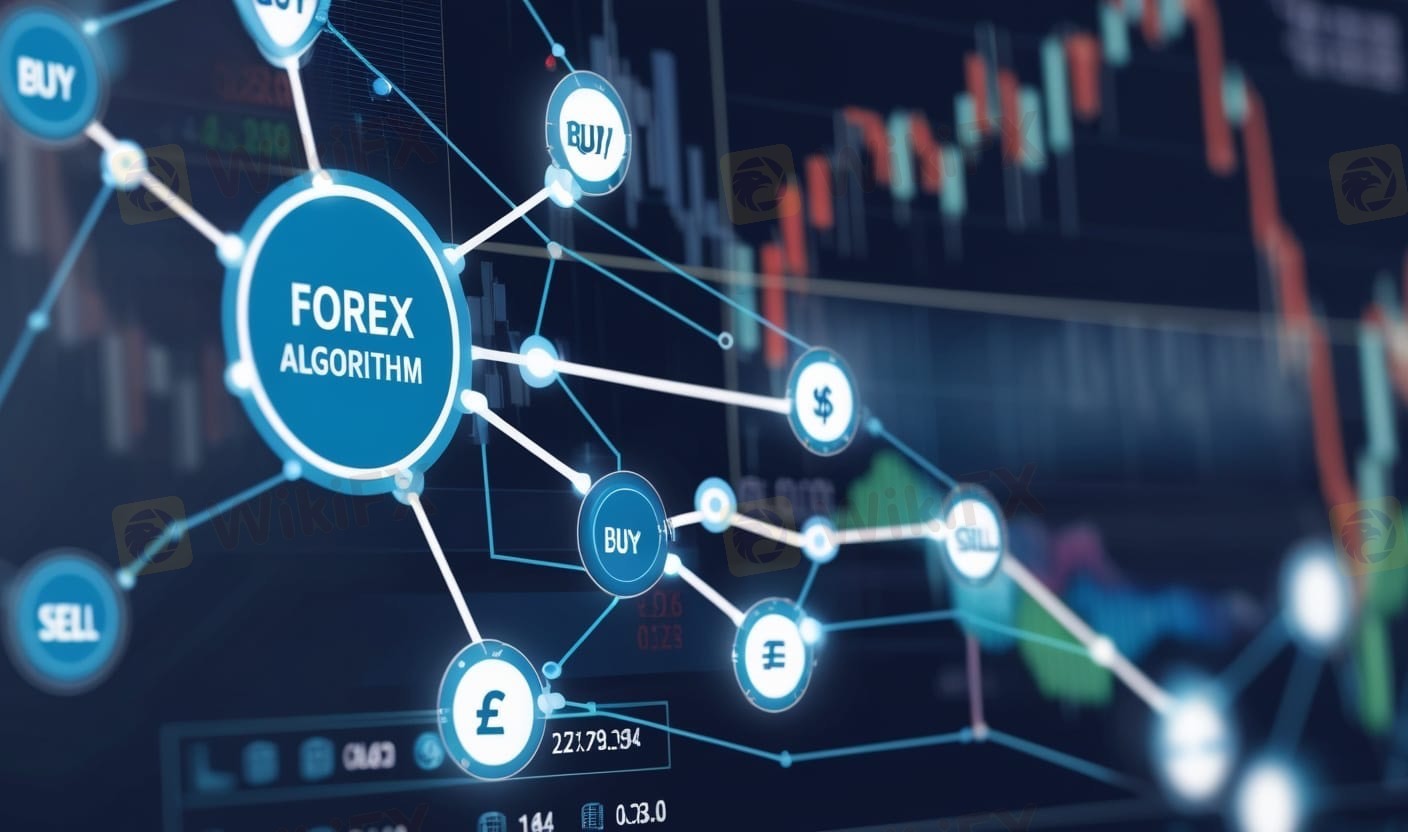
2025-02-12 02:20
업계에서forex algorithmic trading: strategies
#Firstdealoftheyearchewbacca
Key Components of Forex Algorithmic Trading
Successful algorithmic trading in forex markets requires a combination of the following components:
Data Sources
Accurate and real-time data is critical for developing and executing trading algorithms. Data sources include:
• Price Data: Historical and real-time prices, including bid, ask, and transaction prices.
• Economic Data: Economic indicators such as GDP, interest rates, inflation, and unemployment figures.
• Sentiment Data: News sentiment, social media sentiment, and market commentary.
Trading Platform
Traders use algorithmic trading platforms to implement and execute their strategies. Some of the widely used platforms include:
• MetaTrader (MT4/MT5): A popular platform that allows traders to develop, test, and implement algorithms using MQL programming.
• NinjaTrader: A trading platform offering algorithmic trading features with advanced charting and backtesting capabilities.
• Proprietary Platforms: Many large trading firms or financial institutions develop their own in-house algorithmic trading systems.
Backtesting
Backtesting involves testing the algorithm using historical data to assess its performance before deploying it in live markets. This process helps evaluate the effectiveness of the strategy and identify potential flaws or areas for improvement.
Execution and Risk Management
Algorithmic trading systems need to be integrated with brokerage platforms to execute trades automatically. Additionally, they need to incorporate robust risk management techniques such as:
• Stop Losses: Automated exit points to limit potential losses.
• Position Sizing: Adjusting the size of trades based on risk tolerance and volatility.
• Slippage Control: Managing and minimizing slippage during execution.
Performance Evaluation of Forex Algorithms
Evaluating the performance of forex algorithms is crucial to determine their profitability and effectiveness. Key performance metrics and evaluation techniques include:
Profitability Metrics
• Net Profit: The total profit after subtracting costs and losses.
• Sharpe Ratio: Measures the risk-adjusted return of an algorithm by comparing the excess return of the strategy to the standard deviation (volatility).
• Return on Investment (ROI): The percentage return on the initial investment over a given time period.
• Win Rate: The percentage of profitable trades versus total trades executed.
Risk Metrics
• Maximum Drawdown: The largest peak-to-trough loss over a given time period. A smaller drawdown indicates better risk management.
• Value at Risk (VaR): The maximum potential loss of a portfolio over a specified time period with a given confidence level.
• Sortino Ratio: A variation of the Sharpe ratio that focuses on downside volatility rather than total volatility.
좋아요 0

Justdaace
중개인
인기있는 콘텐츠
시장 분석
투자주체별매매 동향
시장 분석
유로존 경제 쇠퇴 위기 직면
시장 분석
국제 유가는 어디로
시장 분석
미국증시 레버리지(Leverage)·인버스(Inverse)형의 ETF, 최근 사상 최대 신
시장 분석
투기장 된 원유 ETL...첫 투자위험 발령
시장 분석
RBNZ 양적완화 확대
포럼 카테고리

플랫폼

전시회

대리상

신병 모집

EA

업계에서

시장

인덱스
forex algorithmic trading: strategies
 나이지리아 | 2025-02-12 02:20
나이지리아 | 2025-02-12 02:20#Firstdealoftheyearchewbacca
Key Components of Forex Algorithmic Trading
Successful algorithmic trading in forex markets requires a combination of the following components:
Data Sources
Accurate and real-time data is critical for developing and executing trading algorithms. Data sources include:
• Price Data: Historical and real-time prices, including bid, ask, and transaction prices.
• Economic Data: Economic indicators such as GDP, interest rates, inflation, and unemployment figures.
• Sentiment Data: News sentiment, social media sentiment, and market commentary.
Trading Platform
Traders use algorithmic trading platforms to implement and execute their strategies. Some of the widely used platforms include:
• MetaTrader (MT4/MT5): A popular platform that allows traders to develop, test, and implement algorithms using MQL programming.
• NinjaTrader: A trading platform offering algorithmic trading features with advanced charting and backtesting capabilities.
• Proprietary Platforms: Many large trading firms or financial institutions develop their own in-house algorithmic trading systems.
Backtesting
Backtesting involves testing the algorithm using historical data to assess its performance before deploying it in live markets. This process helps evaluate the effectiveness of the strategy and identify potential flaws or areas for improvement.
Execution and Risk Management
Algorithmic trading systems need to be integrated with brokerage platforms to execute trades automatically. Additionally, they need to incorporate robust risk management techniques such as:
• Stop Losses: Automated exit points to limit potential losses.
• Position Sizing: Adjusting the size of trades based on risk tolerance and volatility.
• Slippage Control: Managing and minimizing slippage during execution.
Performance Evaluation of Forex Algorithms
Evaluating the performance of forex algorithms is crucial to determine their profitability and effectiveness. Key performance metrics and evaluation techniques include:
Profitability Metrics
• Net Profit: The total profit after subtracting costs and losses.
• Sharpe Ratio: Measures the risk-adjusted return of an algorithm by comparing the excess return of the strategy to the standard deviation (volatility).
• Return on Investment (ROI): The percentage return on the initial investment over a given time period.
• Win Rate: The percentage of profitable trades versus total trades executed.
Risk Metrics
• Maximum Drawdown: The largest peak-to-trough loss over a given time period. A smaller drawdown indicates better risk management.
• Value at Risk (VaR): The maximum potential loss of a portfolio over a specified time period with a given confidence level.
• Sortino Ratio: A variation of the Sharpe ratio that focuses on downside volatility rather than total volatility.
좋아요 0
나 도 댓 글 달 래.
제출
0코멘트

댓글이 아직 없습니다. 첫 번째를 만드십시오.

제출
댓글이 아직 없습니다. 첫 번째를 만드십시오.